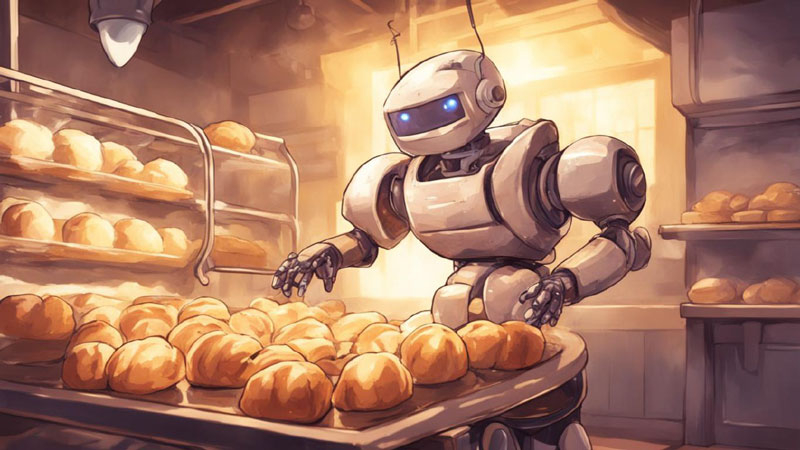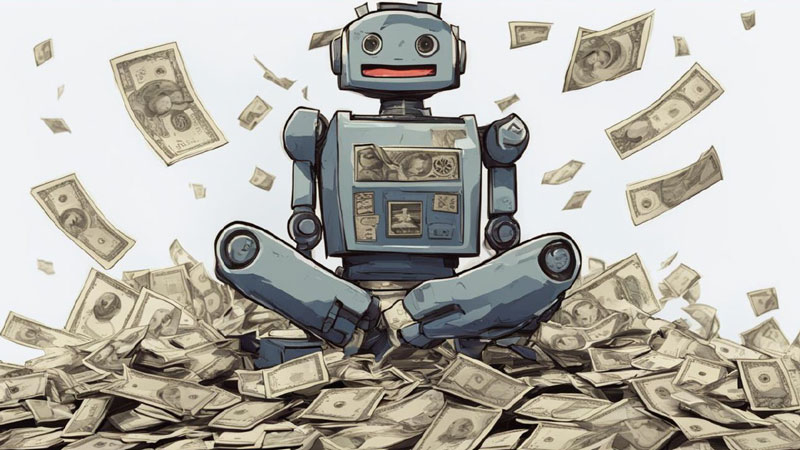A recent study conducted by the Massachusetts Institute of Technology’s Computer Science and Artificial Intelligence Laboratory (MIT CSAIL), sponsored by the MIT-IBM Watson AI Lab, challenges the common perception that Artificial Intelligence (AI) technology threatens to replace human jobs. The researchers posit that the fearmongering around job loss due to AI advancements is unfounded.
The MIT study aimed to assess the probability of AI performing particular tasks and any economic feasibility in companies implementing AI instead of human labor. The MIT researchers find that the majority of jobs, previously claimed to be under threat from AI in other studies, are not economically viable targets for automation presently.
According to the scientific researcher Neil Thompson from MIT CSAIL, ‘We found a significant potential of AI in automating tasks, as many recent studies have noted. However, we argue that many of these tasks are not yet attractive for automation.’ This statement implies that rumors regarding human job replacement by AI are greatly exaggerated and are not occurring as quickly or as widely as projected.
The researchers surveyed workers to identify tasks that AI could potentially perform to fully replace them at their jobs. The cost of creating and maintaining an AI system to carry out these tasks was subsequently calculated. This research concerned tasks related to visual quality control of products and jobs in the manufacturing, construction sectors, excluding agriculture.

An example application of this approach is a typical bakery in the U.S., where an average baker spends 6% of work time checking product quality. Automating this task could save a bakery with five employees, earning $48k each, around $14k annually. However, initial automation installation would cost roughly $165k, with an ongoing annual cost of $122,840, making it economically inefficient.
The research concludes that ‘Humans remain the best economic choice for these types of work.’ Only 23% of tasks for which employees are paid can be automated economically. Interestingly, even if an AI system costs as little as $1000, numerous jobs wouldn’t benefit financially from its integration.
‘Considering the impact of computer vision solely within the scope of visual inspection tasks, we find that job loss rates [from AI implementations] are lower than those currently observed in the economy, the scientists continue. Even with a rapid 20% annual drop in [AI implementation] costs, it will take decades for computer vision tasks to become economically viable for companies.’

This study contrasts with other forecasts. Goldman Sachs estimates that AI might automate 25% of the entire job market in the near future. McKinsey analysts predict that nearly half of all work will depend on AI by 2055. Research from Pennsylvania, New York, and Princeton universities suggests that ChatGPT alone could impact around 80% of jobs (a topic not addressed in the MIT study). Moreover, an analysis of the U.S. job market indicates that AI is already replacing thousands of workers.





